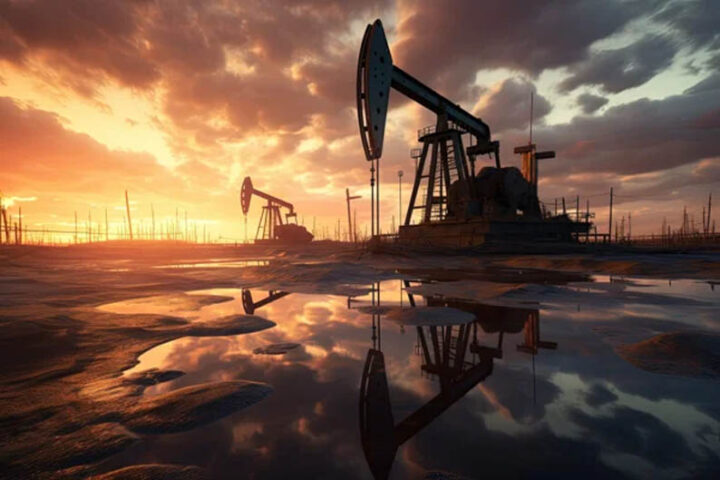.
By Oren Laurent
President, Banc De Binary
China’s incredible economic growth has long been the envy of the stagnating and slowly recovering, post-recession, western nations. The ‘Made in China’ trademark has become synonymous with manufactured goods and the number of Chinese companies spreading their strong wings internationally has been making headlines.
After all the hype about this new superpower, last week’s revelation that the Chinese leadership are now anticipating the slowest growth rate in a quarter-century has brought about mixed reactions from investors.
The country’s leaders announced a new economic target of 7% growth in 2015, lower than their 7.5% goal last year. The Governor of the Central Bank, Zhou Xiaochuan, then warned on Sunday that China is “cautious” about the declining commodity prices globally and should be closely watching for the warning signs of deflation. His remarks raised eyebrows and led to further nervousness among investors and policymakers that the economy is losing its powerful momentum.
President Xi Jinping, however, expressed a more positive outlook. He was keen to stress on Friday that a 7% growth is impressive by any standards and will drive China’s robust economy forwards. Since coming to power in 2011, he has focused on structural reform and prefers to take a long-term view on the country’s future growth.
So what’s behind these seemingly mixed signals?
Chinese investors are right to be wary about the current level of debt. Although borrowing allowed the country to fuel its past growth, debt now stands at 250% of gross domestic product. That’s a burden that the government need to account for and pay. However, in many other respects, the slowing growth is merely a reflection of the country’s steep climb.
Various economic and social factors contributed to the rate of growth. The country’s working-age population reached record numbers in 2012, and investment also peaked at a phenomenal 49% of GDP. Yet these were never going to be sustainable forever. Plus, as China has caught up to the technological advances of Western countries, the gap in its growth potential is also slowing.
At some point a correction to sustainable levels was bound to happen. This isn’t automatically a negative thing. It happens in large economies and businesses alike. Consider that a 7% growth now, given the size of what is now the world’s second largest economy, equates to a greater output in real numbers than the 14% growth back in 2007. The reality is that although the current growth target is lower than China’s usual rate, China’s past ‘normal’ was extraordinary.
If you only look abroad, it’s clear that Xi is right to point out how good 7% growth is. Yes, China has entered a new stage in its economic cycle. It is unlikely to enjoy double digit growth again, at least in the next decades ahead. But if it can find and maintain sustainable growth levels, it will surely continue to be an economic force to be reckoned with.







